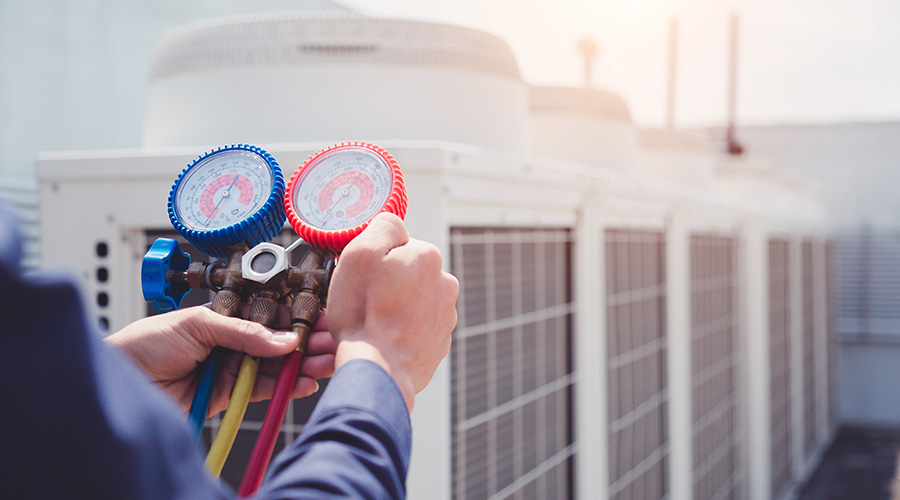Boiler Maintenance: Determine Ideal Blowdown Rates
Even with a well-designed and operated water-treatment program, some contaminants remain suspended in the boiler's water. To prevent the concentration of these contaminants rising high enough to cause problems, technicians can regularly bleed off some water from the system and replace it with fresh water. Different types of blowdown systems attack different types of contaminants, but their goal is to protect the boiler and other system components.
When technicians set the rate at which they draw water off the system, they must strike a balance. If the rate is too low, the contaminant concentration will rise too high. If the rate is too high, boiler efficiency will fall, and costs for chemical treatment will increase. Typical blowdown rates are less than 10 percent of the feedwater flow rate, but in systems with poor feedwater quality, rates can be as high as 20 percent.
While blowdown systems can be automatic or manual, the most efficient and effective units are automatic. These systems constantly monitor the quality of the boiler water and adjust the blowdown rate as needed to maintain the desired water quality. In most applications, automatic-blowdown systems can improve operating efficiency by about 5 percent greater than manual systems.
Related Topics:
















